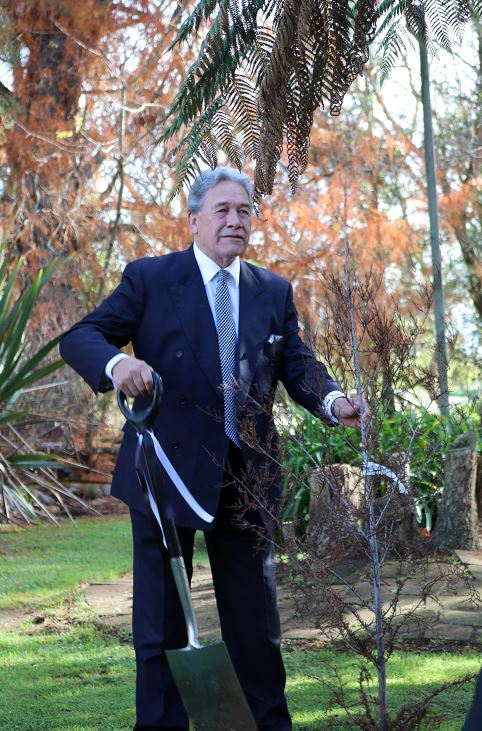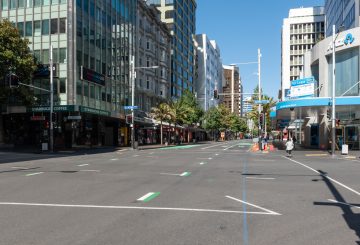Artificial intelligence systems like ChatGPT have significantly impacted the way people work, with 2023 being a year of significant changes in the workplace. The introduction of ChatGPT in November 2022 led to a wave of changes in 2023, with AI infiltrating almost every aspect of work. Workers started to rely heavily on this technology, with some even finding ways to secretly use it if it was banned.
A major concern among workers was the potential for AI to replace their jobs. Data from companies like Goldman Sachs and McKinsey indicated that many jobs could soon be automated. However, experts suggest that while some jobs may be at risk, many roles that require a human touch or creative thinking will be difficult to automate. Instead, AI is likely to supplement these jobs, automating repetitive tasks and freeing up workers for more creative tasks.
The return to office became a reality for many workers in 2023. After nearly three years of remote work due to the pandemic, many employees found themselves back in the office, whether they wanted to be or not. Some companies, like Goldman Sachs and Disney, have required their employees to return to the office for most of the week. However, many jobs will continue to have a hybrid schedule, allowing workers some flexibility.
Workers around the world made their voices heard in 2023, organizing for better conditions, wages, and job security. High-profile strikes took place in the healthcare, transport, education, and service sectors. These movements resulted in significant gains for workers, particularly in terms of wage increases and job security.
Workplace benefits have also evolved, with employers offering new perks to attract and retain talent. Some companies are offering travel stipends, bonuses, pet-friendly offices, and childcare spaces. Others are focusing on benefits for older workers, such as healthcare screenings and eldercare.
Social media also played a significant role in workplace culture in 2023. Platforms like TikTok saw users sharing their workdays, office tours, and even quitting their jobs live. This shift to social media has been seen as inevitable, as work and life increasingly overlap.
Despite these changes, many workers are disengaged from their jobs. Data from Gallup showed that employee engagement reached its lowest level since 2015. Experts suggest that it’s up to employers to re-engage their employees by investing in their careers and building a positive workplace culture.
Finally, the four-day workweek became more popular in 2023. Many workers reported lower stress levels and increased job satisfaction with this schedule. However, not all companies found the shorter workweek to be a success, with some finding it stressful for employees and detrimental to customer service.























































-helped-regain-her-strength-and-balance-using-Nymbl-after-a-fall.-660x440.jpg)


